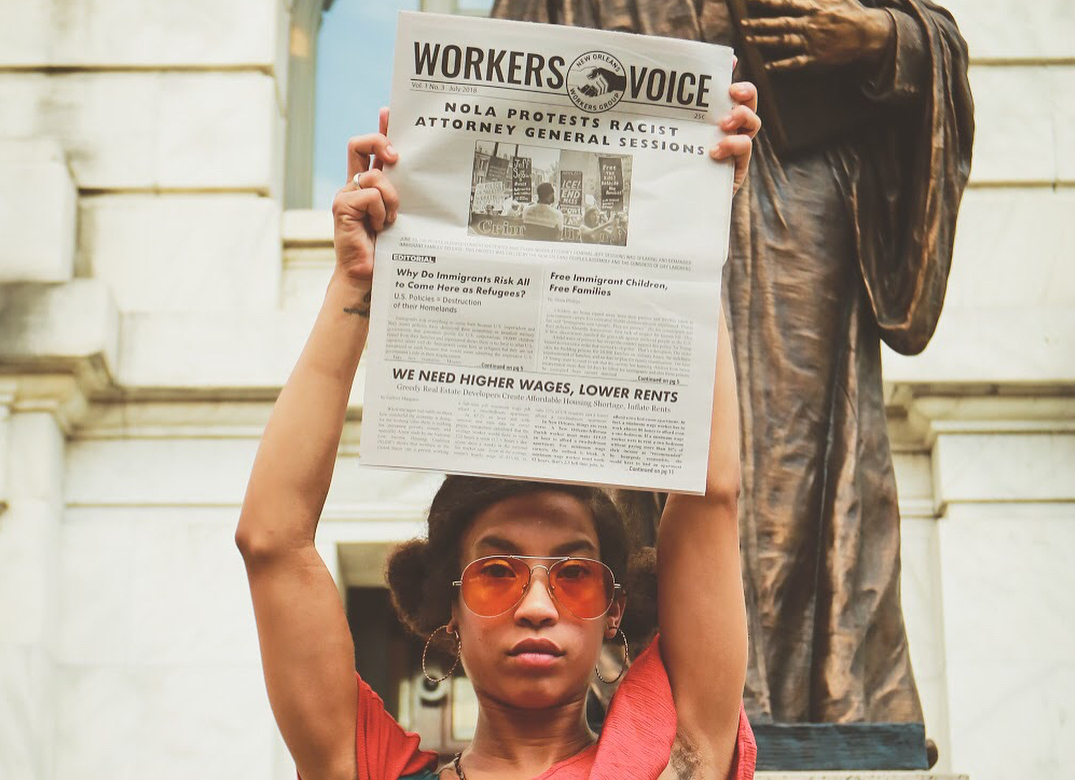By Ashlee Pintos
Beginning on September 22nd, 2017, a modern colony of the “greatest country in the world” went into complete darkness. The small island of Puerto Rico with its 3.4 million citizens suffered in isolation while Hurricane Maria ravaged the entire country. It was not until day 4 or 5 that the millions of anxious Puerto Ricans living in the states were able to hear any information about their loved ones.
The government has declared only 48 deaths as direct results of the hurricane. However, The U.S. is only counting deaths directly related to the storm itself and does not address the hundreds of deaths caused by the failure of the U.S. government to help the island during Maria’s aftermath. There have actually been reports of over 450 deaths, island wide, with 69 people reported missing. Many of the island’s hospitals are not functioning at full capacity: they are running out of medications and fuel for their generators. This has resulted in hundreds of deaths from a lack of medication, oxygen tanks, and the sanitation that electricity provides to prevent the spread of disease. Relief resources are not being distributed to the island’s remote villages. Instead, the U.S. immediately began the militarization of the island, sending in hundreds of police and military officials.
After almost 2 weeks, Trump finally visited the capital of San Juan, the epicenter of the tourism industry and site of his own personal investments. He has not addressed the villages where dead bodies of humans and livestock have yet to be moved, there is no running water or electricity, and people are desperate for food, clean water, cash, and gasoline. One of his first responses to this catastrophic event was to acknowledge the island’s illegitimate debt of $74 billion and remark that the island is throwing the “budget out of whack.” But that debt has been caused by over 100 years of abuse by the U.S., and compared to state debts such as New York at $143 billion, Puerto Rico’s debt is manageable. Not to mention, the U.S. military budget is well over $800 billion, a figure that could pay PR’s debt 10 times over. Puerto Rico’s debt should be pardoned and the island should be granted liberation!
